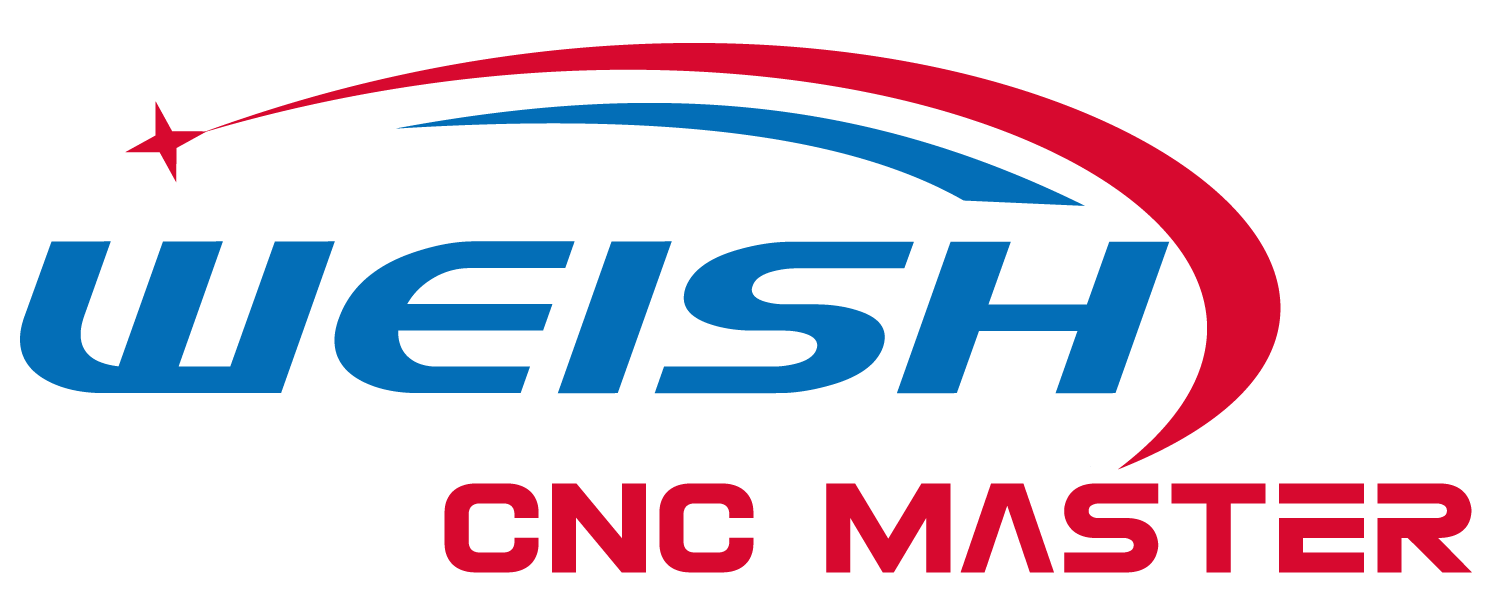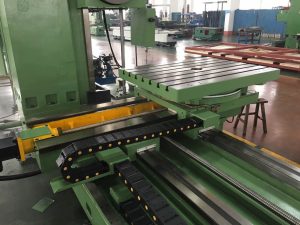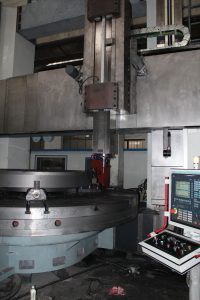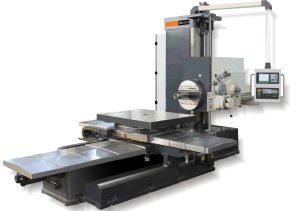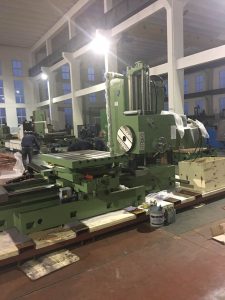Understanding the Basics of Vertical CNC Lathe Operations: An Overview of the Process and Common Techniques
A vertical CNC lathe is a computer-controlled machine tool used for machining operations such as turning, drilling, and milling. It is capable of producing complex parts with high precision and accuracy. The process of operating a vertical CNC lathe involves a variety of techniques and operations. This article provides an overview of the basics of vertical CNC lathe operations.
The first step in the process is to program the CNC lathe. This is done by entering the desired parameters into the machine’s control system. The parameters include the type of material to be machined, the size and shape of the part, and the desired cutting speed and feed rate. Once the program is entered, the machine is ready to begin machining.
The next step is to set up the workpiece. This involves positioning the workpiece in the chuck and securing it with a clamp. The workpiece is then aligned with the spindle axis and the cutting tool is mounted in the tool holder. The cutting tool is then positioned to the desired cutting depth and the spindle is set to the desired speed.
The next step is to begin machining. This involves feeding the cutting tool into the workpiece at the desired feed rate and cutting speed. The cutting tool is then moved along the desired path to create the desired shape. The cutting tool is then retracted and the workpiece is removed from the chuck.
The final step is to inspect the finished part. This involves checking for any defects or irregularities in the part. If any defects are found, they must be corrected before the part is ready for use.

Vertical CNC lathe operations are an important part of the machining process. By understanding the basics of the process and the common techniques used, it is possible to produce high-quality parts with precision and accuracy.
